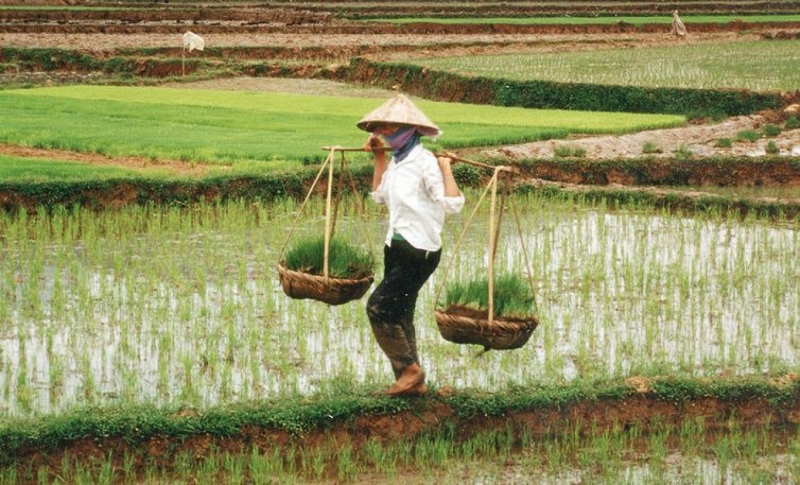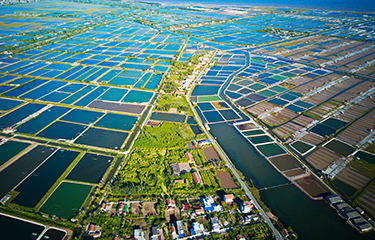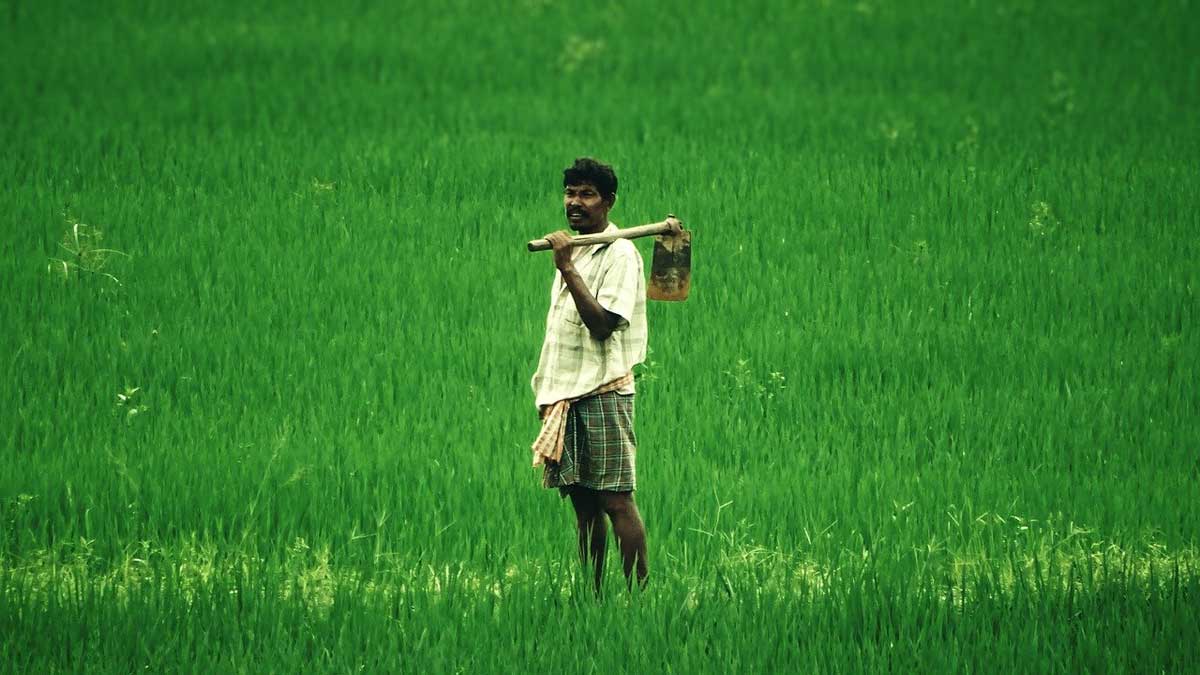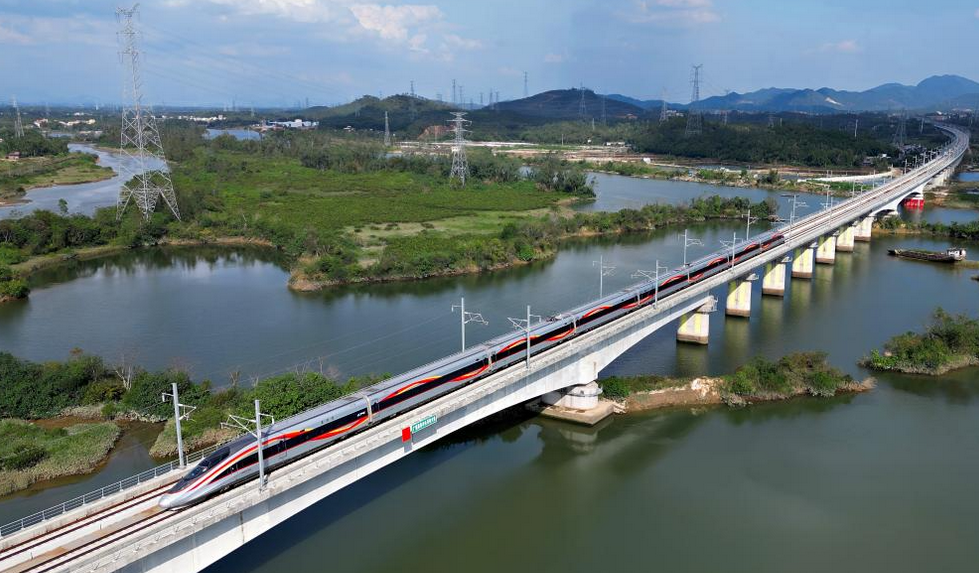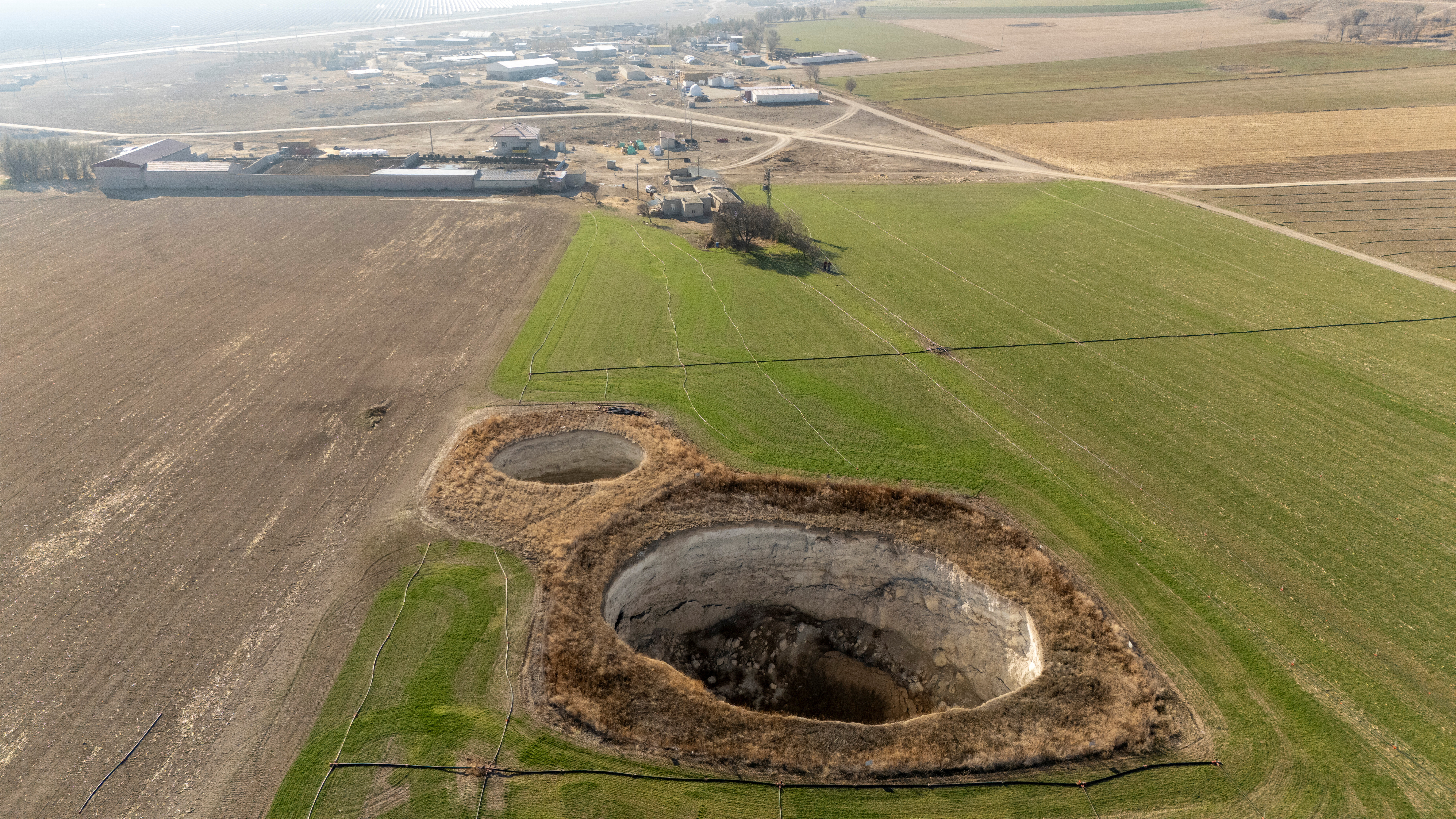Damage from Typhoons Bualoi and Matmo highlights the urgent need for people to participate in insurance programmes to minimise risks, protect their assets, and stabilise their lives after natural disasters.
According to an initial report by the Vietnam Disaster of Dyke Management Authority on October 9, Typhoon Bualoi and the subsequent floods caused by these two storms left 15 people dead or missing, including eight in Thai Nguyen province. More than 222,000 houses were flooded and 711 were heavily damaged, about 23,000 hectares of rice and crops were inundated, and over 350,000 heads of poultry and 2,000 livestock were dead or swept away.
Given such heavy losses, participating in insurance, especially property, housing, crop, and livestock insurance, has become more essential than ever. However, in reality, the rate of insurance participation among residents in areas frequently affected by natural disasters remains very low, as most people still have the mindset of dealing with risks only when they occur, and have not yet regarded insurance as financial protection.
Insurance enterprises also face difficulties in expanding their operations in high-risk areas. The costs of inspection and compensation are high, while insurance premiums remain low, making it difficult for companies to maintain financial sustainability. A representative of a non-life insurance company in the central region shared that the demand for insurance during the storm and flood season is enormous. But without government support policies, it would be hard for enterprises to stay afloat when large-scale damage occurs.
To encourage people to participate in insurance, especially agricultural insurance, the Government has issued various support policies. According to Decree No. 58/2018/ND-CP on agricultural insurance, poor and near-poor households receive up to 90% of their insurance premiums subsidised, while large production organisations and enterprises are supported with 20%.
However, after more than six years of implementing this decree and related support decisions, the results of these policies remain limited.
According to the Ministry of Finance’s Insurance Supervisory Authority (ISA), during the 2019-2021 period, 16,731 households participated in agricultural insurance, with a total insured value of 146 billion VND (5.5 million USD) and total insurance premiums of nearly 7 billion VND. The State budget subsidised 5.72 billion VND. From 2022 to the present, only 3,630 households have participated, with a total insured value of nearly 71 billion VND and total insurance premiums of 2.6 billion VND, of which the state budget contributed 2.3 billion VND.
The Insurance Association of Vietnam (IAV) said that following recent storms, Vietnam needs to update its insurance products to reach farmers. Insurance products must become more integrated into people’s daily lives. The responsibility of insurance companies is to serve as a shield for their customers, especially farmers who are among the most vulnerable groups.
However, economists noted that implementation at the grassroots level still faces obstacles, particularly in communication, guiding people, and determining compensation levels when natural disasters occur. A representative from the ISA emphasised that communication and direct consultation with citizens are crucial, as once people understand the benefits of insurance, they will proactively participate instead of waiting for risks to happen before seeking support.
Source - VNA


